When it comes to outdoor LED display screens, two technologies dominate the conversation: DIP (Dual In-line Package) and SMD (Surface-Mounted Device). While both have carved out significant space in the LED industry, they differ significantly in construction, performance, and ideal use cases. One specific variant—DIP 570—has become a benchmark in rugged, high-brightness outdoor displays, especially in high-traffic, high-impact environments. But how does it compare to SMD technology, and which one should you choose for your next project?
DIP (Dual In-line Package) LEDs use a through-hole design with three separate diodes—red, green, and blue—encapsulated in epoxy and mounted in a row. The DIP 570 is a specialized high-brightness version developed by manufacturers like KingAurora, engineered to handle extreme weather, sunlight exposure, and long-distance visibility.
| Key Traits: |
|
|
|
|
SMD LEDs are compact surface-mounted components that contain all three RGB diodes in a single package. They are popular in indoor and semi-outdoor settings due to their high resolution and wide viewing angles.
| Key Traits: |
|
|
|
|
| Feature | DIP 570 | SMD LED |
|---|---|---|
|
Brightness |
8000–10000 nits (excellent for sunlight) |
4000–6000 nits (less sunlight-resistant) |
|
Durability |
Highly rugged, IP65+ rated |
Moderate outdoor resistance |
|
Viewing Distance |
Ideal for far viewing (e.g. highways) |
Best for close-up engagement |
|
Color Consistency |
Good, but less than SMD |
Superior color mixing and uniformity |
|
Lifespan |
80,000–100,000 hours |
50,000–70,000 hours |
|
Cost |
Slightly higher upfront |
More cost-efficient for small-scale use |
|
Maintenance |
Modular & field-serviceable |
Easier for pixel-level replacement |
|
Use Cases |
Billboards, stadiums, transportation hubs |
Retail, indoor events, urban signage |
DIP 570 is unmatched in brightness, reaching levels above 10,000 nits. This makes it ideal for highways, rooftops, and public squares, where screens must compete with direct sunlight.
With robust waterproofing, corrosion resistance, and anti-UV coating, DIP 570 thrives in extreme climates—from deserts to coastal cities.
Its through-hole design is more physically secure, minimizing the chance of LED detachment from vibration or external force.
SMD offers smoother gradients, tighter pixel pitch, and sharper detail, making it the go-to choice for indoor and semi-outdoor installations.
Its sleek design allows for thin cabinets and flexible mounting, perfect for retail stores, exhibition halls, or corporate settings.
Because the RGB diodes are closer together, SMD provides better color blending and viewing angle consistency.
Choose DIP 570 if:
You need maximum brightness and ruggedness
Your display is exposed to sun, wind, rain, or pollution
It’s installed in high-viewing-distance zones like highways or stadiums
Longevity and energy efficiency are top priorities
Choose SMD if:
Your display is for indoor or covered outdoor use
You prioritize high-definition visuals and pixel density
Installation space is limited or visual aesthetics matter more
In the showdown between DIP 570 and SMD, the winner depends entirely on your project goals.
For outdoor, high-brightness, long-distance viewing, DIP 570 reigns supreme. It’s the durable workhorse built to withstand nature and deliver consistent, powerful visuals for years.
For indoor or semi-outdoor, detail-focused displays, SMD shines with its sleek form and superior resolution.
Choose wisely based on your application—and if in doubt, consider a hybrid strategy that uses both technologies where they fit best.
1. Is DIP 570 better than SMD for outdoor use?
Yes. DIP 570 offers greater brightness, durability, and weather resistance, making it more suitable for challenging outdoor environments.
2. Can SMD LEDs be used outdoors?
Yes, but typically in milder conditions or for semi-outdoor setups. They may not perform as well in direct sunlight or harsh weather.
3. Why is DIP 570 Outdoor LED more expensive than SMD?
It involves more robust components and specialized engineering for extreme conditions, resulting in higher upfront costs but better long-term value.
4. Which LED is better for billboards?
DIP 570 is preferred for large-format billboards due to its visibility over long distances and excellent brightness in daylight.
5. Does DIP LED Display use more energy than SMD?
Modern DIP 570 models, like those from KingAurora’s APro Series, are optimized for energy efficiency—consuming as little as 1 kWh per square meter per day.
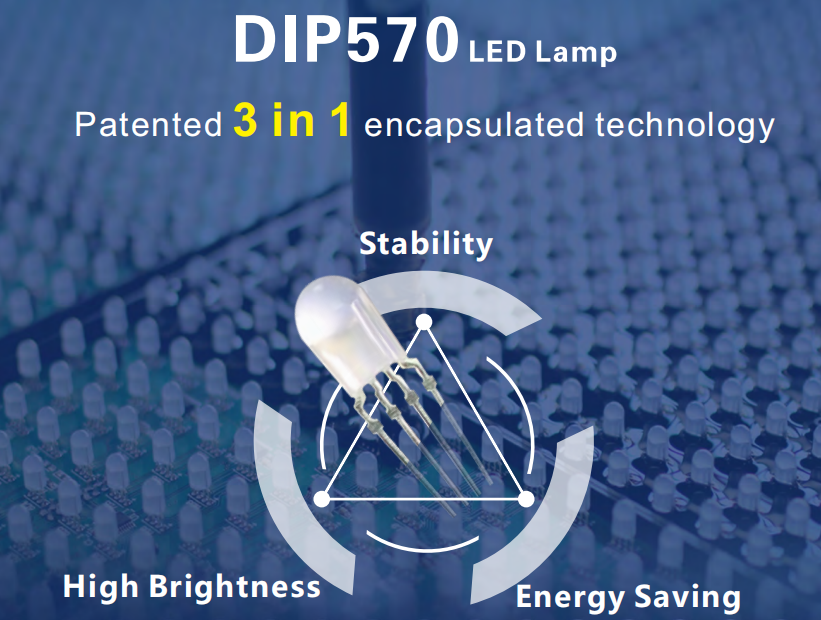









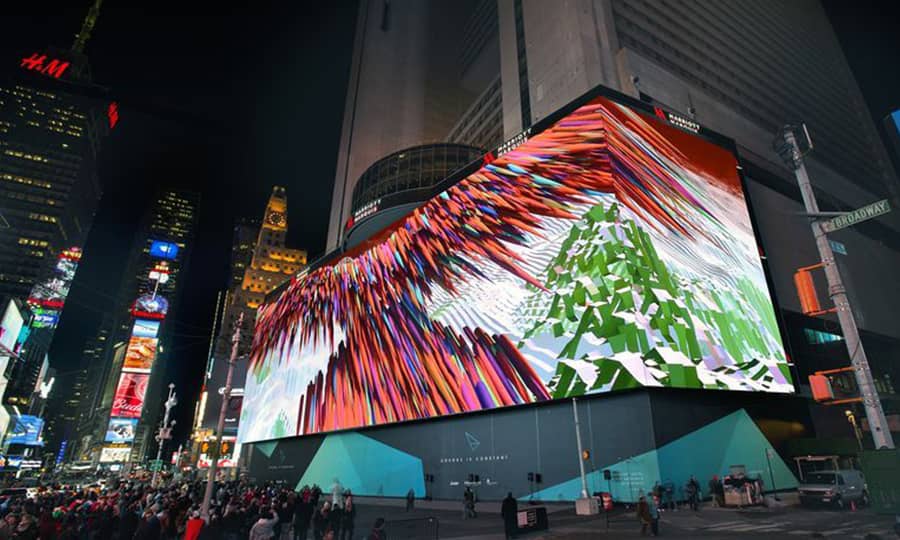
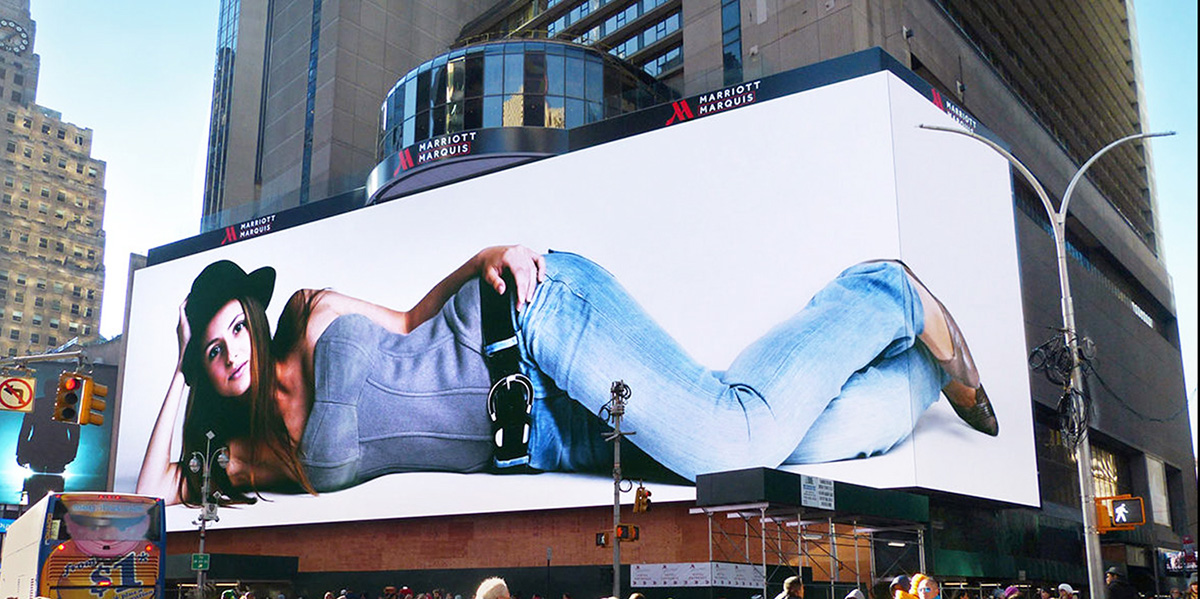
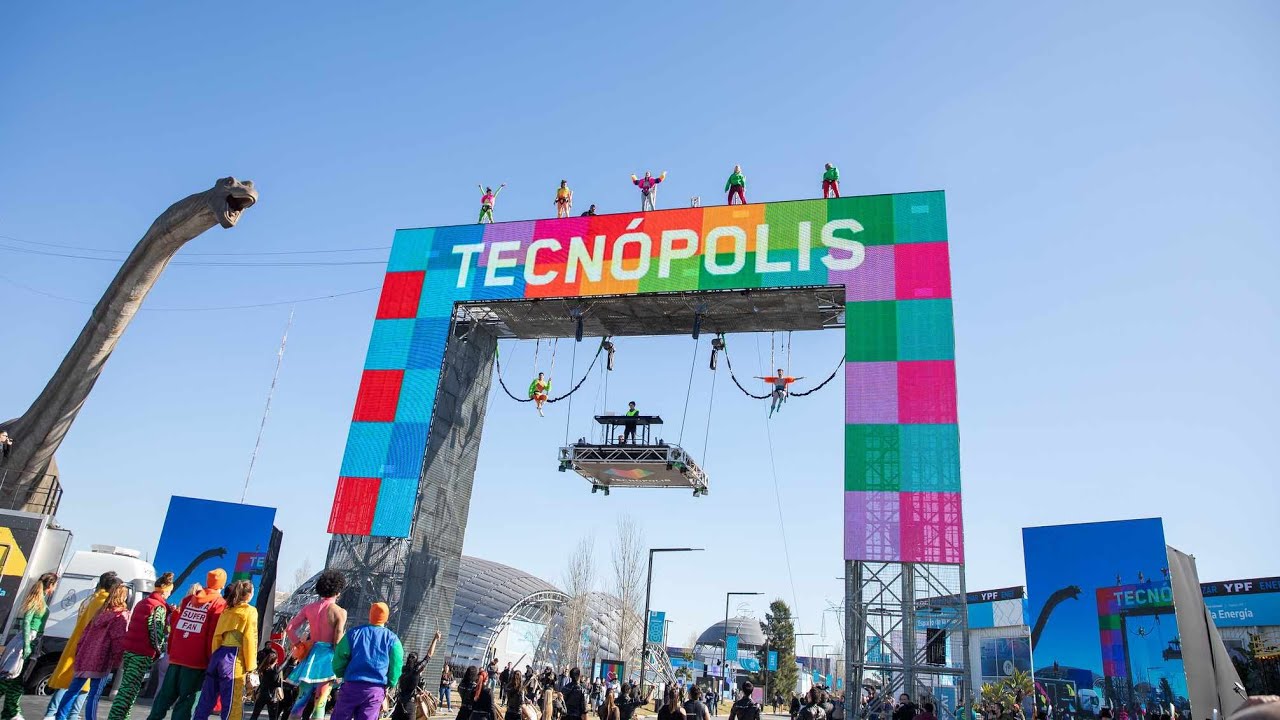
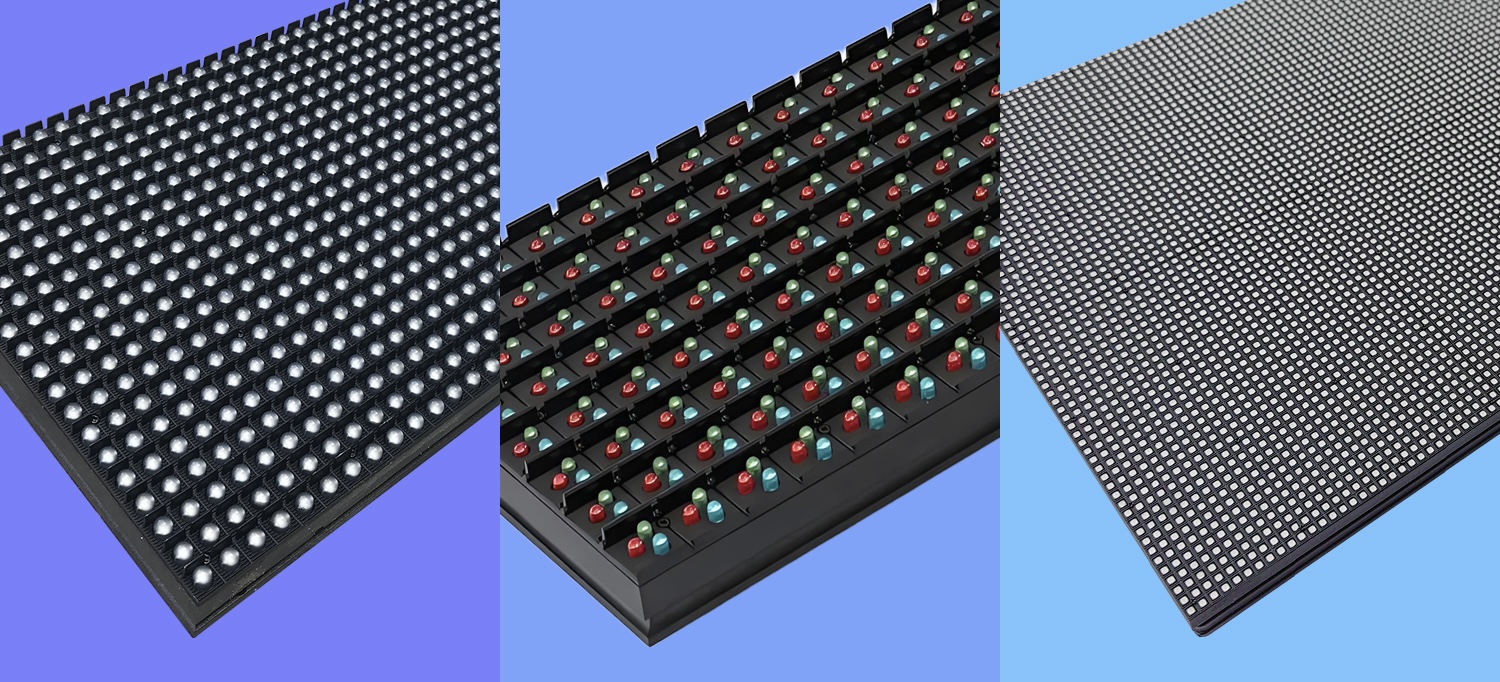

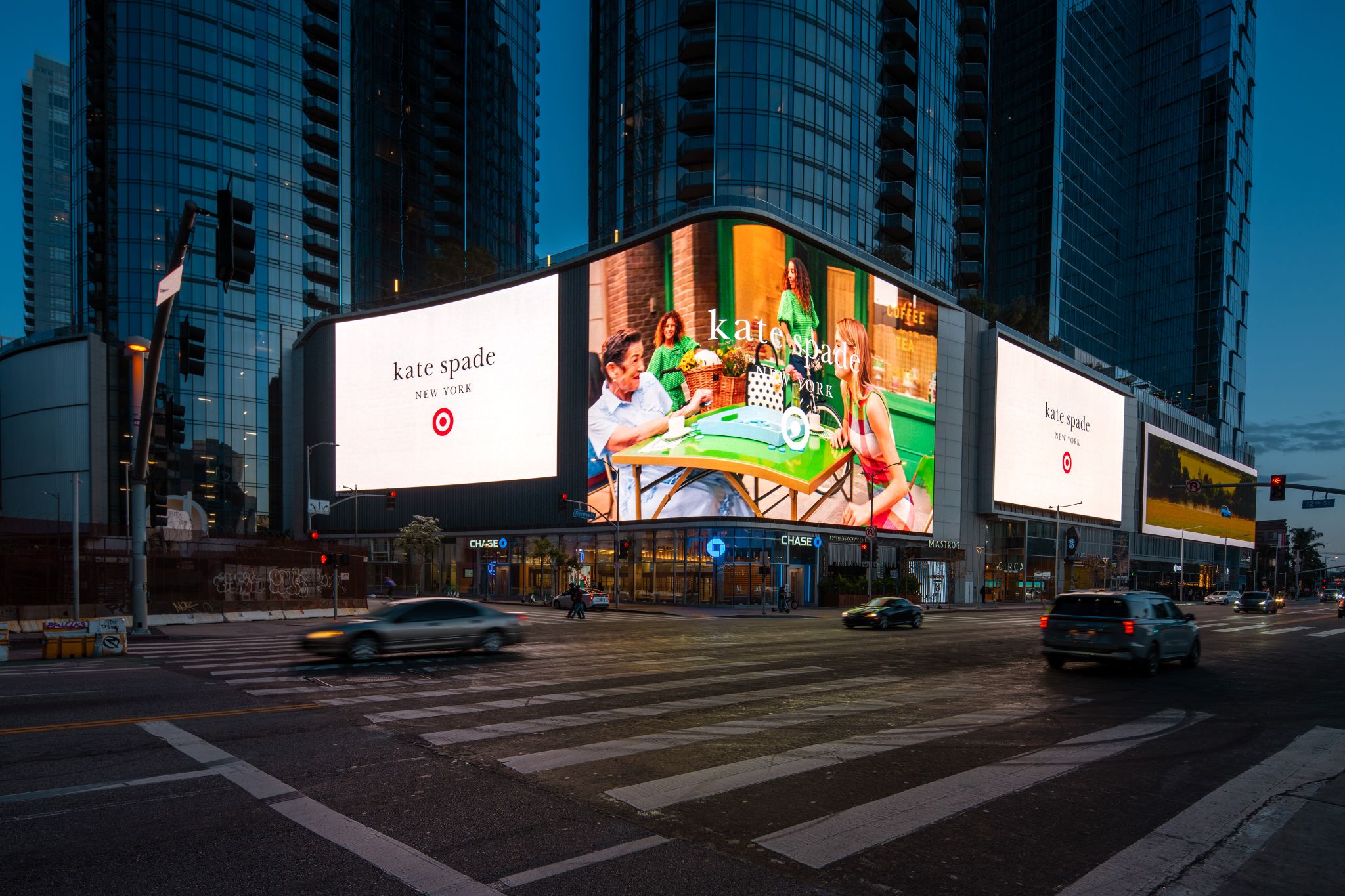

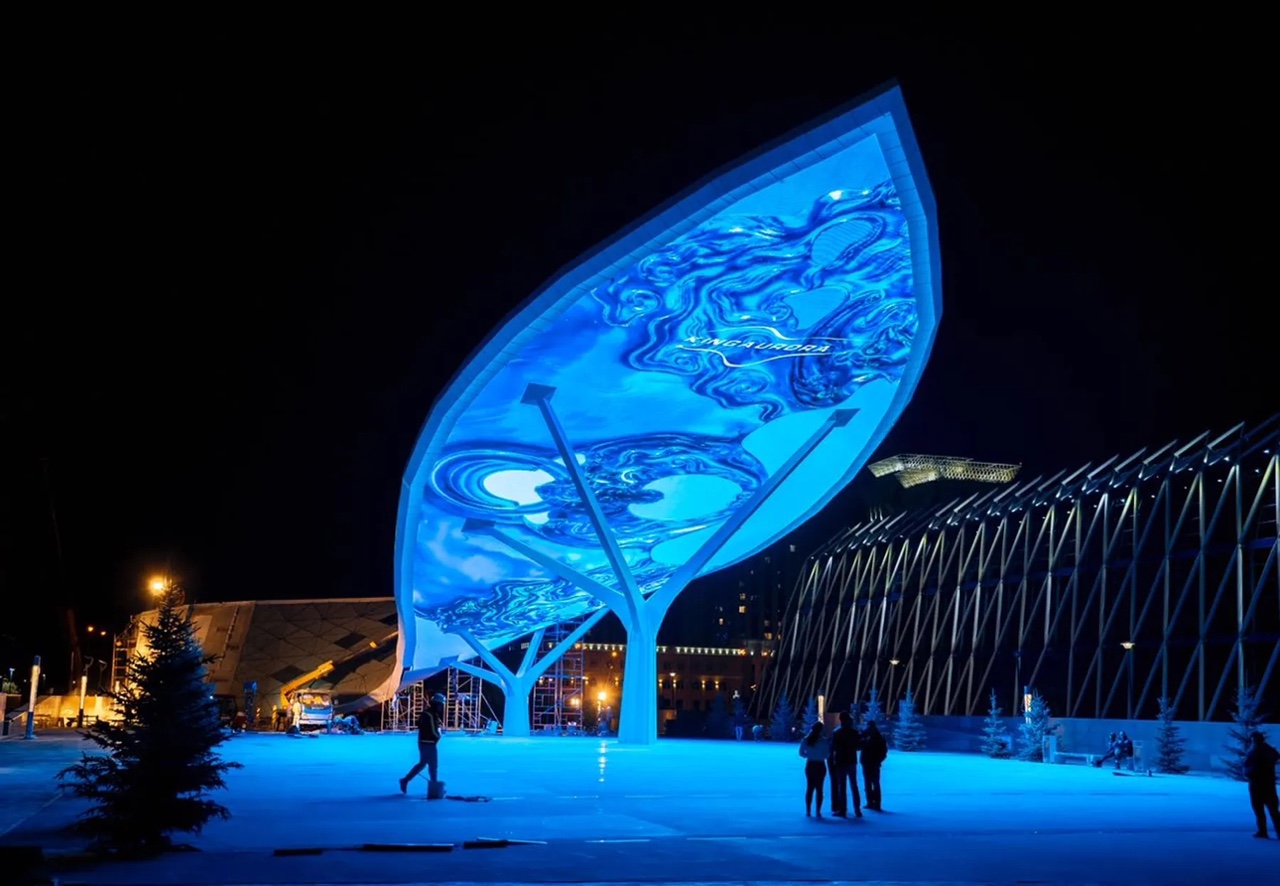
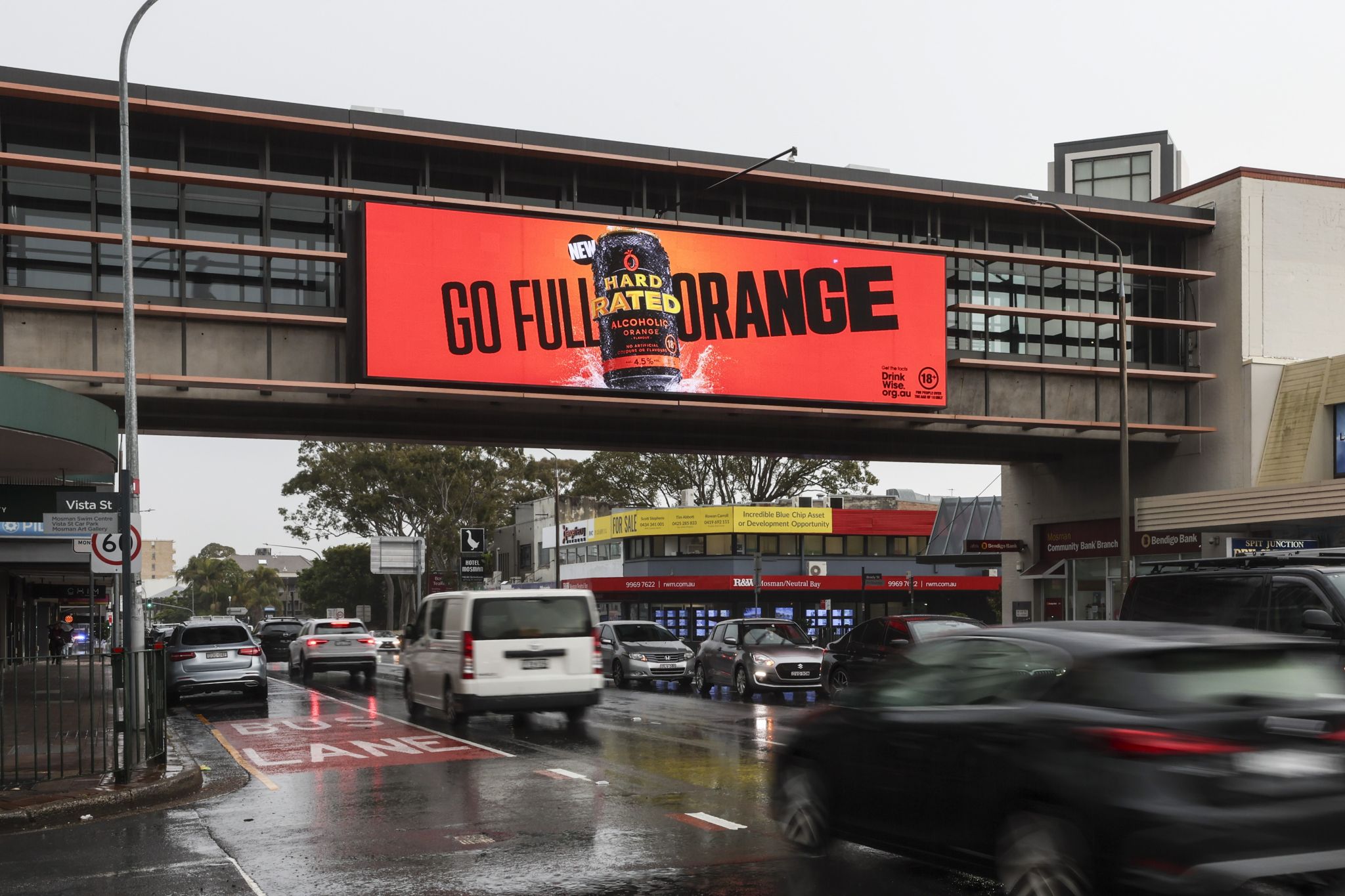

3th Building,Gaosite Zone Pingshan
New District, Shenzhen

sevice88@kingaurora.com
3th Building,Gaosite Zone Pingshan
New District, Shenzhen